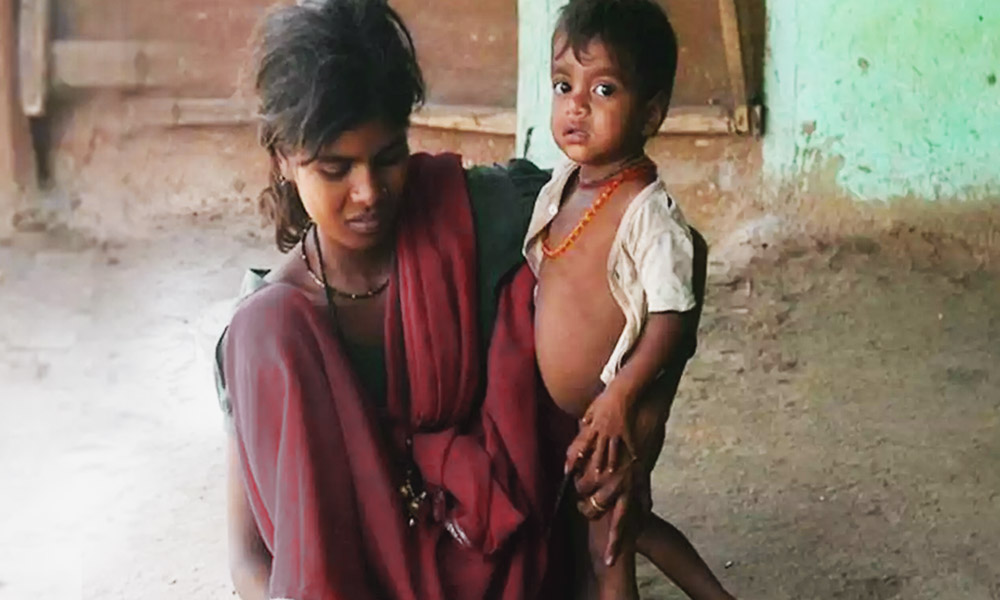
Image Credits: The New Indian Express
'Child Malnutrition Levels Worsen Key States': National Family Health Survey Reveals Worrying Trends
Writer: Ankita Singh
A literature lover who likes delving deeper into a wide range of societal issues and expresses her opinions about the same. Keeps looking for best-read recommendations while enjoying her coffee and tea.
India, 15 Dec 2020 8:11 AM GMT
Editor : Shubhendu Deshmukh |
Shubhendu, the quint essential news junky, the man who loves science and politics in equal measure and offers the complete contrast to it by being a fan of urdu poetry as well.
Creatives : Abhishek M
" An engineer by profession, Abhishek is the creative producer of the team, graphic designing is his passion and travelling his get away. In more ways than one, he makes the content visually appealing."
Several states across the country have reversed the course and recorded worsening levels of child malnutrition, according to the National Family Health Survey 2019-20 data.
Several states across the country have recorded worsening levels of child malnutrition, according to the data released in the first phase of the National Family Health Survey (NFHS) 2019-20.
The data released by the Union Ministry of Health and Family Welfare on December 12 shows a dramatic shift as compared to the 2015-16 NFHS report.
The reversed course comes despite improvements in areas such as sanitation and better access to fuel and drinking water. The latest data is related to 17 states, including Maharashtra, Bihar, and West Bengal as well as the five Union Territories (including J&K). The data significantly captures the state of health in these states before the COVID-19 pandemic.
With the COVID-19 restrictions, phase 2 of the survey is delayed which will later be covered in other states such as Uttar Pradesh, Punjab and Madhya Pradesh. The remaining survey is expected to be released by May 2021.
The first phase of the survey detected that several states have shown less improvements on child (under 5 years of age) malnutrition parameters which include child stunting; child wasting; share of children underweight and child mortality rate. These four key parameters are used in several global indices, such as the Global Hunger Index.
Child wasting reflects acute undernutrition and refers to children having low weight for their height. As per the source, India has always had a high level of child wasting. Several states such as Telangana, Kerala, Bihar, and Assam as well as the UT of J&K, have seen an increase.
However, other states like Maharashtra and West Bengal have remained stagnant on this parameter. The proportion of underweight children, again, in several states such as Gujarat, Maharashtra, West Bengal, Telangana, Assam and Kerala, have seen an increase.
However, the most surprising reversals have happened in child stunting. The child stunting percentage reflects chronic undernutrition and refers to the percentage of children who have low height for their age.
Stunting is also likely to have long-lasting adverse effects on the cognitive and physical development of a child. Infant Mortality Rate, that is, the number of deaths per 1000 live births for children under the age of 1 — and Under 5 Mortality Rate data, also remained stagnant.
According to the Health Ministry's report, the contents of NFHS-5 are similar to NFHS-4. However, the NFHS-5 includes some new topics, such as preschool education, disability, access to a toilet facility, death registration, bathing practices during menstruation, and methods and reasons for abortion.
Also Read: Tamil Nadu: Ericsson To Distribute PPE Kits To 4000 Sanitation Workers
 All section
All section














